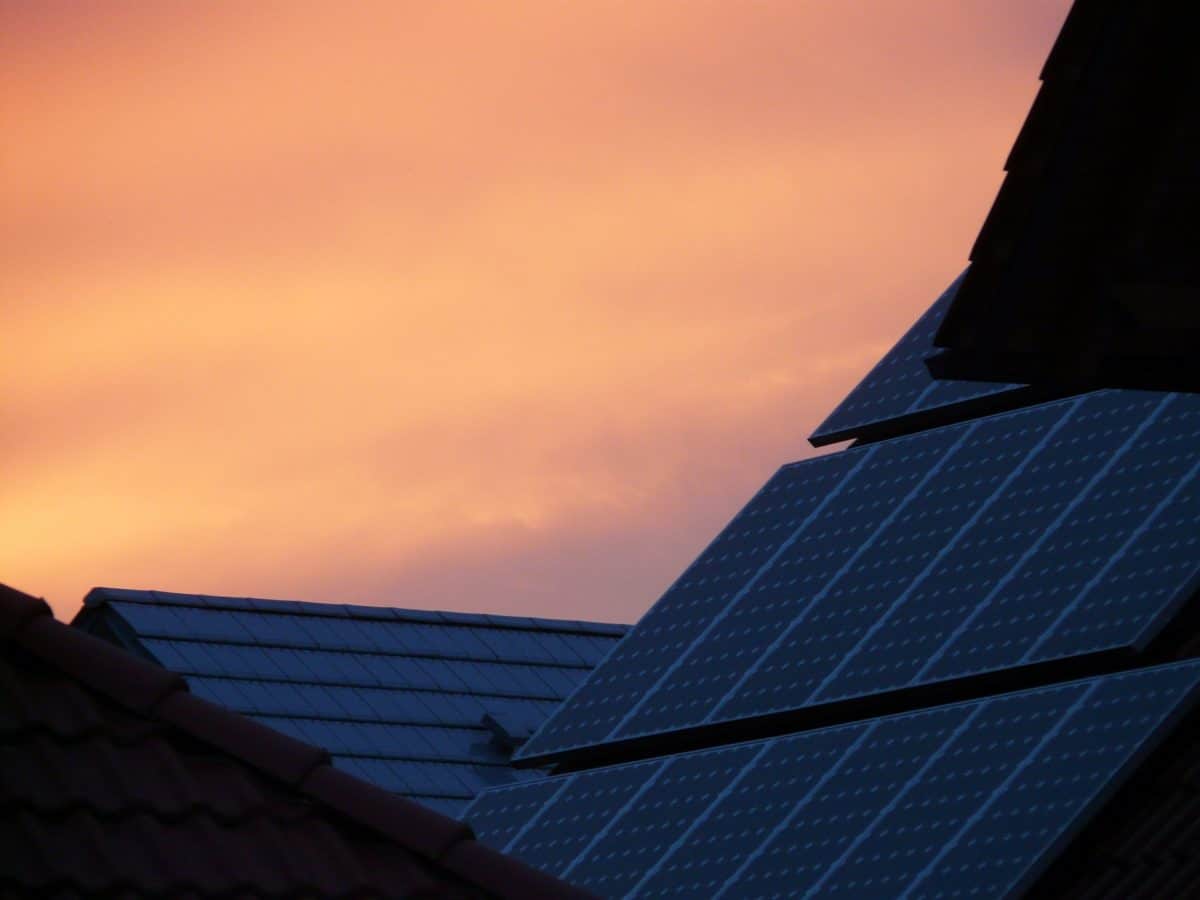Scientists at the Lappeenranta University of Technology (LUT) in Finland have found that residential off-grid PV solutions are technically feasible in northern climates only if coupled simultaneously with short-term battery storage and seasonal hydrogen storage, and if the household's peak consumption is not too high.
In the paper Technical feasibility evaluation of a solar PV based off-grid domestic energy system with battery and hydrogen energy storage in northern climates, published in Solar Energy, the research team simulated a model for a similar approach in an existing single-family house in Finland with a 21 kW rooftop array and a ground source 6 kW heat pump for heating that is incorporated in the electricity consumption.
Data on hourly average power data for PV electricity generation and electricity consumption were collected for three years from January 2017 to December 2019.
The two-story house is designed as a zero-energy building and has a PV system that is south and east-west oriented. It consists of a 10.4 system with a 9 kVA string inverter facing south and a 10.7 kW array with a 7 kVA inverter facing east-west.
“Undersizing the inverter compared to the PV peak power capacity is economically preferable for installations in northern locations,” the scientists said. “The capacity of the PV system is sized to the point where further improvement in self-sufficiency by increasing PV peak power is no longer feasible,” they further explained, adding that the home's self-sufficiency was found to be 36.81%, which is in line with values of all northern European countries. The average annual surplus PV power was estimated at around 200%.
In their simulation, the academics used a battery bank for short-term energy storage and for controlling peak demand, and a hydrogen tank linked to a water electrolyzer and fuel cell for seasonal storage. Surplus PV electricity is used primarily for charging the battery and only when the latter is charged is it used to power the electrolyzer. Overdemand, on the other hand, is always met first by the battery itself. “Unnecessary sudden powering on and off of the fuel cell is minimized by limiting its output power based on the battery state of charge,” they also specified.
Through sensitivity analysis and power balance analysis, the Finnish group was able to collect data on unmet power demand after storage stages and total annual hydrogen consumption and production. “Based on the simulation results, it is clear that neither a battery nor a hydrogen energy storage system alone is sufficient for year-round off-grid operation to be maintained in northern climate and insolation conditions,” the authors of the study concluded. According to their findings, using only a battery would require an “impractically” large system for this kind of project and hydrogen production alone would be wasteful due to its low round-trip efficiency. When combined together, however, the two techs could make residential off-grid solar a viable solution, although limiting high peak power consumption would be crucial.
The proposed system could only work by employing a battery with a minimum storage capacity of 20 kWh and a fuel cell and electrolyzer with an installed capacity of at least 4 to 7 kW. “Hydrogen storage capacity of about 170 kg to 190 kg is needed to maintain system operation during the winter months, thus, unless additional compressors are used, a relatively large area in a residential home would be required for physical storage of hydrogen,” the scientists affirmed.
The validity of these findings, the research team went on to say, is limited to northern climates, as higher levels of solar radiation in more southern locations would mean a reduced need for seasonal storage.
*The article was updated on December 21 to specify that the PV system is south and west-east oriented, and not only west-east oriented as we previously reported.
This content is protected by copyright and may not be reused. If you want to cooperate with us and would like to reuse some of our content, please contact: editors@pv-magazine.com.




Off grid is more effective with biodigestion. Solar thermal storage as a precursor to heat up compostables create the equivalent of natural gas (bio-gas) and a heat sink for heating your home. De-sour the bio-gas and you have natural gas generator fuel to run your house during hours of your choosing. Therefore solar (pv/thermal) becomes full time power.
Dear Paul Villella, I am planning a new house building in the south of Sweden and looking into sustainable solution. I came across another project description using biomass from compost. Is there such an “off the shelf” solution for this, or it this something that needs to be suited very specifically to a given project?
Nonsense that battery plus hydrogen storage is the “only” off grid solution when generations of humans existed before the grid was invented.
Solar plus a localized carbon heat source is reliable and fully capable of supporting northern climate off grid living. You may not like the use of carbon but raping the earth for lithium and other battery components is not remotely renewable.
My understanding is that it is more efficient & safer to store hydrogen in the form of anhydrous ammonia (NH3) than liquid hydrogen or hydrogen gas (H2). I have also read that anhydrous ammonia can be converted into electrical energy via fuel cell, or used as a direct replacement fuel in a Diesel engine powered generator, if it is doped with a small amount of hydrogen. Anhydrous ammonia production, storage and transport by tankers & pipelines is relatively common in USA, albeit not produced by renewable energy electrolysis. Has this option been modeled anywhere?
But the fount trip efficiency is horrible. Yen you can do it but why bother hydrogen is a monopoly scam, same players holding onto a “power grab”?
Okay if there is no wood.
Otherwise: PV and Battery for light and electronics, wood and ofen for cooking and heating. So you also have a fitness center at the same time.